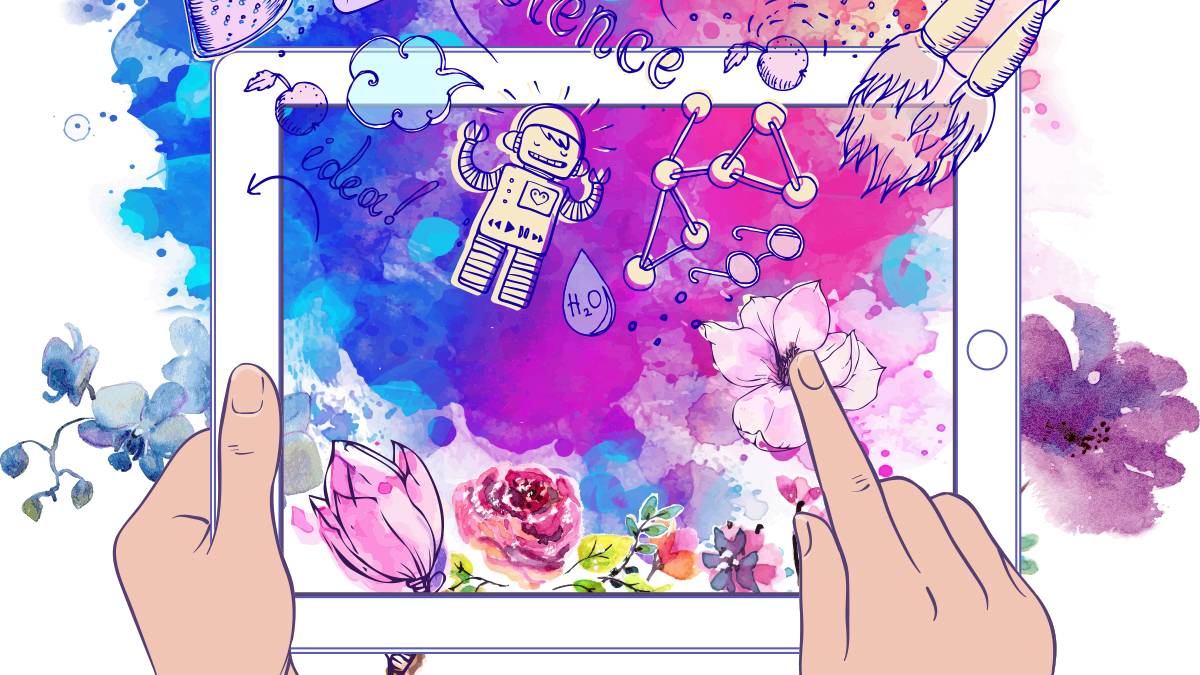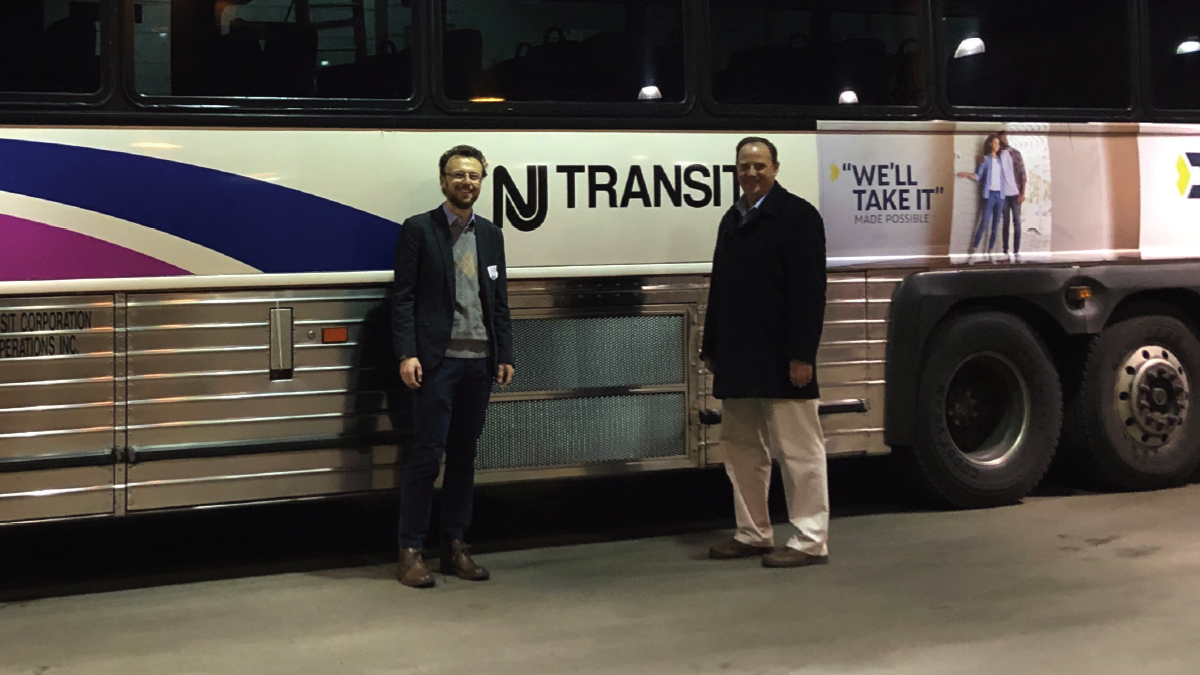Feature
After-School STEAM Club Connects Botany, Art, and Gaming
Citizen Science
Hop Into Spring With Amphibian Citizen Science
Practical Research
Distributing Expertise to Integrate Computational Thinking Practices
Science Scope—March 2020 (Volume 43, Issue 7)
By MICHAEL CASSIDY, ELI TUCKER-RAYMOND, AND GILLIAN PUTTICK
Making in the Middle
Making Sense of the Human Body
Science Scope—March 2020 (Volume 43, Issue 7)
By HELENA CASTLE, KIRA LOWERY, AND SHELLY R. RODRIGUEZ
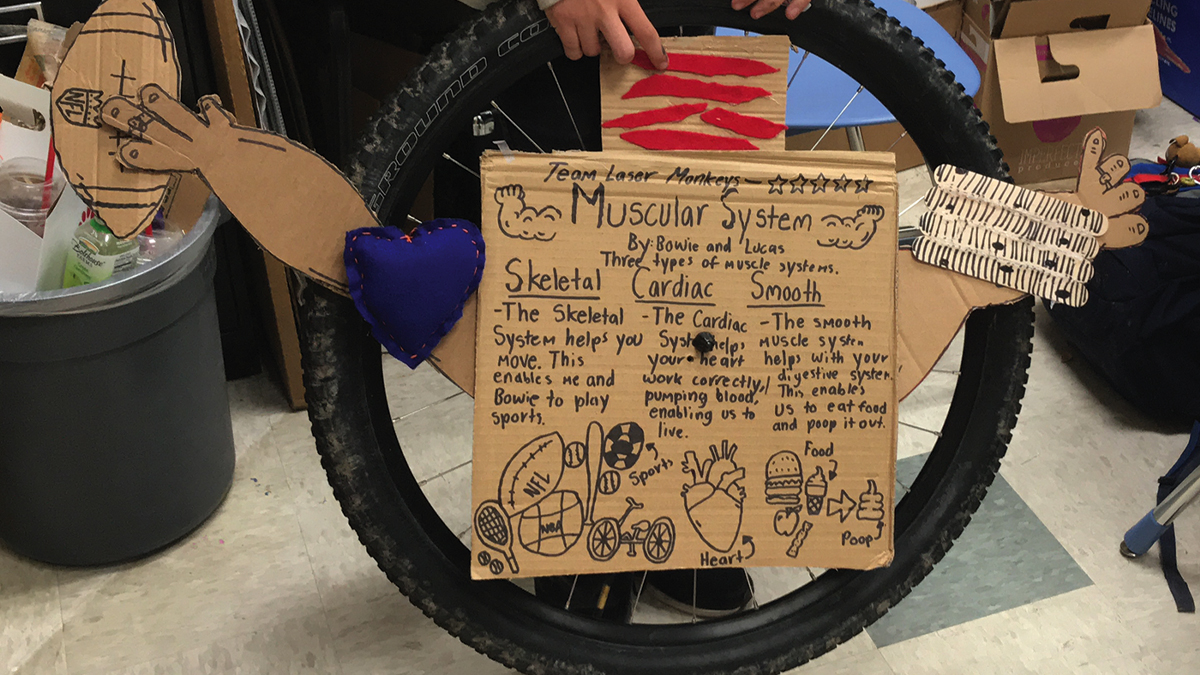
Commentary
How STEM Teachers Can Immerse Themselves in the Three Rs Over the Summer
Rejuvenate, Replenish, and Reenergize
Science Scope—March 2020 (Volume 43, Issue 7)
By TRACY VASSILIEV, DOUGLAS J. GARDNER, AND DAVID NEIVANDT
Turning STEM into STEAM
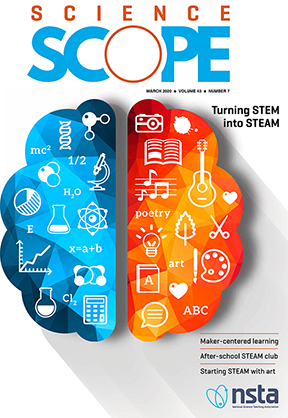
Turning STEM into STEAM

Turning STEM into STEAM

Teacher Spotlight
Teacher Spotlight: Jonte Lee
career of the month
Sustainable Mobility Expert E.J. Klock-McCook
Current Science Classroom
Novel Coronavirus
What's the Real Story?
The Science Teacher—March 2020 (Volume 87, Issue 7)
By William Reed
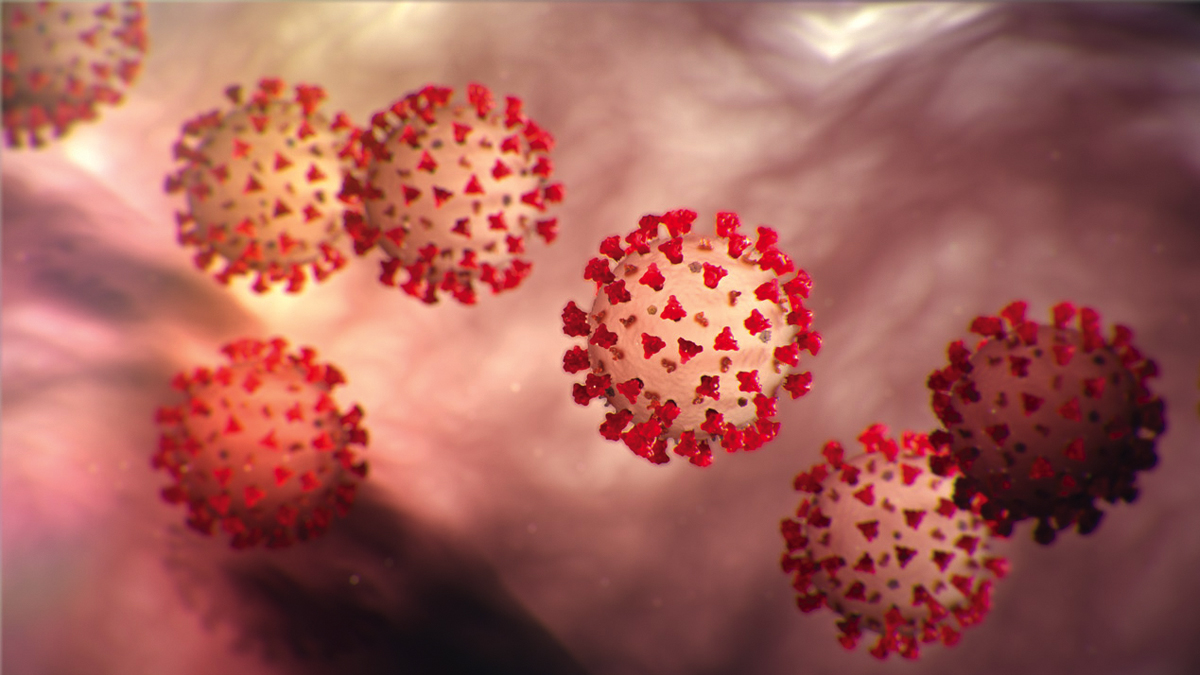
In this secondary-level lesson, students will generate and prioritize questions about the novel coronavirus and evaluate scientific and/or technical information from multiple authoritative sources, assessing the evidence and usefulness of each source for answering their prioritized questions.
In this secondary-level lesson, students will generate and prioritize questions about the novel coronavirus and evaluate scientific and/or technical information from multiple authoritative sources, assessing the evidence and usefulness of each source for answering their prioritized questions.
In this secondary-level lesson, students will generate and prioritize questions about the novel coronavirus and evaluate scientific and/or technical information from multiple authoritative sources, assessing the evidence and usefulness of each source for answering their prioritized questions.
feature
Advancing Alloys
Bringing solid mixtures to the high school classroom
The Science Teacher—March 2020 (Volume 87, Issue 7)
By Christina Polcino, Billyjack Jory, Jean Sabety, Laura Grenot Jones, Jared Ashcroft, and Brandon Rodriguez

The manufacture of metal alloys is ubiquitous, yet infrequently discussed in high school coursework as concepts related to them are often too complex or abstract for beginning science students. However, earlier introduction to metallurgy in classroom settings could promote interest in practical applications of chemistry, physics, and geology due to the demonstrable significance of materials in daily use. Elemental metals with low melting points such as bismuth, zinc and tin are melted down, mixed at various percent compositions, and allowed to solidify. The solidified composites are then broken open to examine resulting internal structures. Changes in physical properties of new compositions are observed, analyzed, and discussed.
Experimental results are the basis for a multi-tiered laboratory experiment for high school chemistry or geoscience courses. From introductory, inquiry-based techniques in chemistry to more advanced concepts in petrology, each lab can be tuned to cover a wide spectrum of multi-dimensional science applications.



